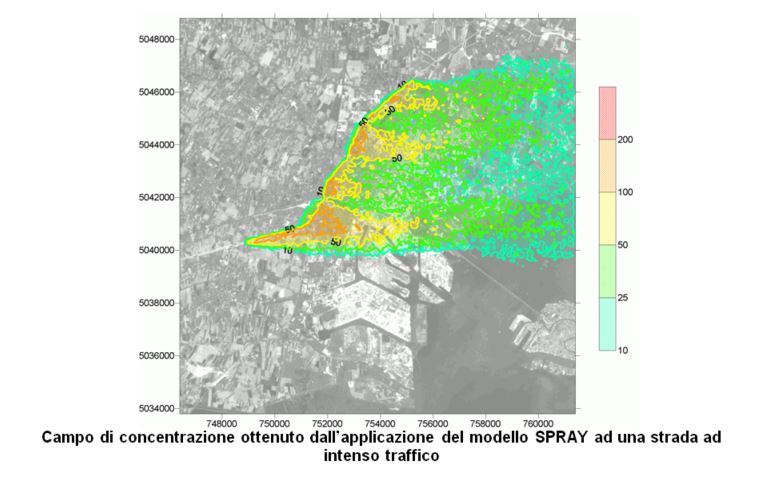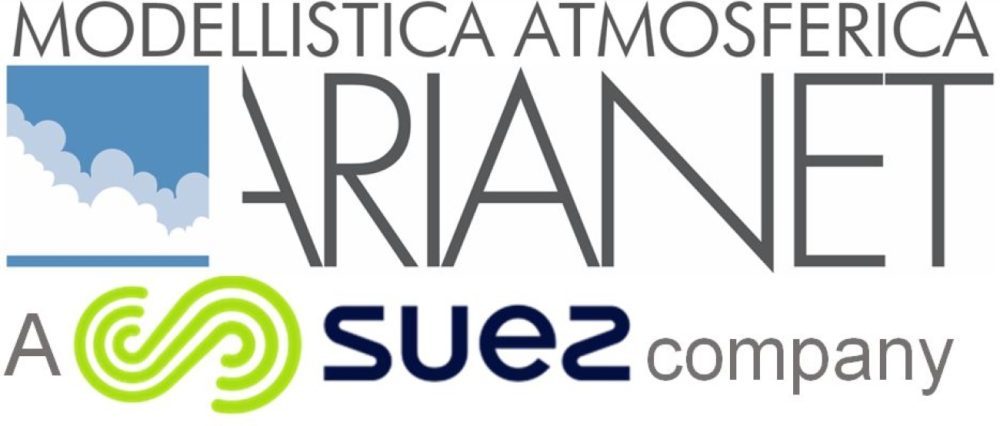SPRAY is a 3D Lagrangian particle code for simulating dispersion phenomena and deposition processes in the presence of complex terrain and particularly complex meteorological conditions. These conditions include:
- Meteorological Gradients: Such as temperature inversions with altitude and wind shear.
- Calm Wind Situations: Scenarios with very low wind speeds.
- Non-Stationary Conditions: Including those induced by land-use heterogeneity, such as sea-land breezes, mountain-valley breezes, and the presence of metropolitan areas.
The three-dimensional fields of wind and temperature, as well as micrometeorological parameters used by the code, can be produced by the diagnostic code SWIFT and the code SURFPRO.
The model includes specific algorithms for:
- Thermal Rise of Hot Plumes: Calculating the thermal rise of hot plumes.
- Dry/Wet Deposition and Gravitational Settling: Calculating dry and wet deposition and gravitational settling.
- Building Downwash: Calculating the building downwash effects due to the presence of structures.
- Peak-to-Mean Ratio: Determining the peak-to-mean ratio of concentrations.
The 3D Lagrangian Particle Code SPRAY boasts a long history of applications and validations across various sites and conditions, which has progressively enhanced the system’s reliability. This, combined with the development of increasingly powerful and faster computing systems, has expanded the range of applications beyond the initial focus on short-term studies for single sources.

